Cartoons: Babysitter Blather
Want even more laughs? Subscribe to the magazine for cartoons, art, inspiring stories, fiction, humor, and features from our archives.
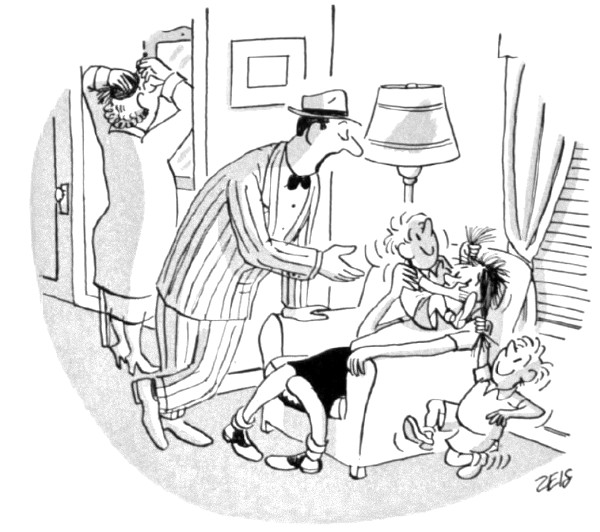
Zeis
June 4, 1955
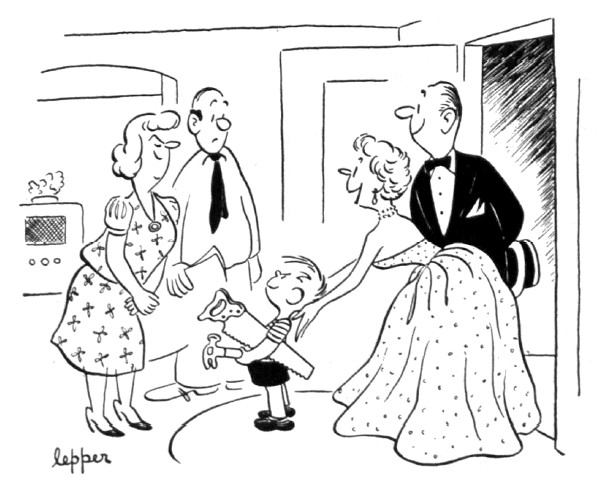
Lepper
April 19, 1952
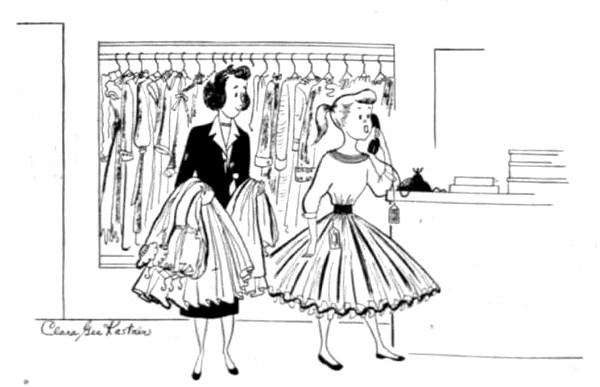
Clara Gee Kastner
April 10, 1954
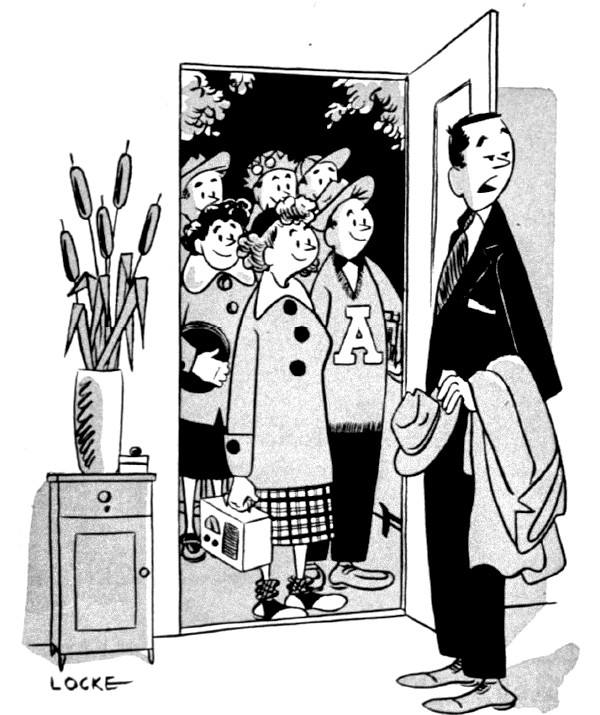
Locke
January 19, 1952
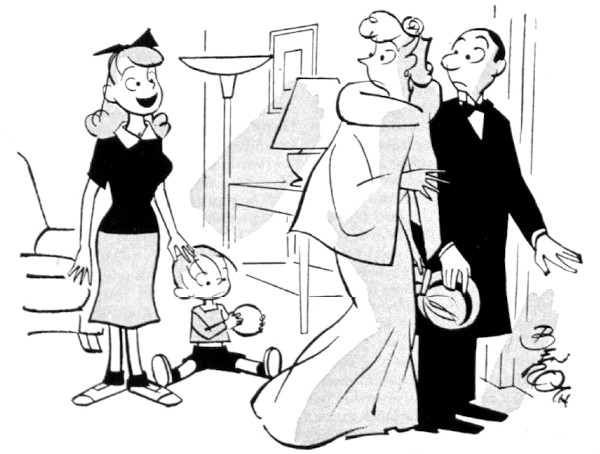
Ben Roth
September 15, 1951
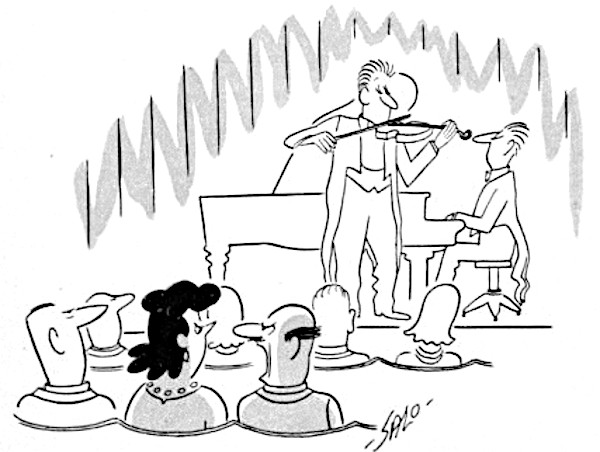
Salo
June 14, 1952
Want even more laughs? Subscribe to the magazine for cartoons, art, inspiring stories, fiction, humor, and features from our archives.
Pump Up the Volume Still Reverberates 30 Years Later
Generation X readily acknowledges the films of John Hughes as bedrock cultural experiences of their ’80s and ’90s youth. At the same time, a number of other films would represent a darker undercurrent of that generation’s experiences, far away from fictional Shermer, Illinois, including Tim Hunter’s River’s Edge (1986), Michael Lehmann’s Heathers (1989), and Allan Moyle’s Times Square (1980). Put off by parts of his Times Square experience, Moyle resolved not to direct again, but ten years later, he was back behind the camera for a film he’d written about alienation, depression, the burden of expectation, the exploitation of kids by school officials, and a primordial version of today’s internet culture. That film was Pump Up the Volume, a film both uniquely of its time while being many steps ahead of it.
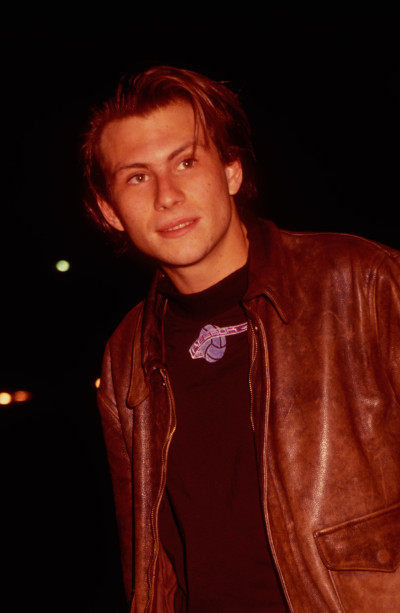
Moyle first drew notice for 1980’s Times Square, a film that he co-wrote the story for and directed. The movie was produced by Robert Stigwood, famous for managing The Bee Gees and Cream, producing for the stage with shows like Hair and Jesus Christ Superstar, and producing films like Saturday Night Fever and Grease. Aware of the punk and new wave scenes that had already coalesced in New York City, Stigwood saw an occasion to produce another huge double-album soundtrack. Moyle just wanted to tell his story about two young women finding solace in each other and music. Frustrated to the point of quitting over Stigwood’s demand for more musical sequences, Moyle quit the movie before it was done. Stigwood got his musical scenes, but also cut some of the more emphatic lesbian overtones of the relationship between the two main characters. The resulting soundtrack turned out to be a tremendous artifact of its time, featuring acts like The Ramones, Roxy Music, The Cure, XTC, Lou Reed, The Patti Smith Group, Gary Numan, Talking Heads, and Joe Jackson. The film has since developed a cult reputation, but the overall situation and its failure drove Moyle from movies for a decade.
When he returned, it was with a script that he had originally started as a novel. The story concerned a pirate radio personality who was connecting with a teen audience by being real and foul-mouthed while playing music that related to an outsider sensibility. SC Entertainment out of Toronto decided to develop the movie, and they managed to talk Moyle into directing again. Still reluctant, Moyle said he’d walk if he couldn’t get the right lead; that turned out to be Christian Slater, who displayed some of the qualities that Moyle was looking for with his turn in Heathers.
The trailer for Pump Up the Volume (Uploaded to YouTube by Warner Bros.)
Released in August 1990, Pump Up the Volume is definitely of its time. It exists in a space just prior to the advent of the World Wide Web. While pay services like Prodigy and CompuServe were in use, there were still wide portions of the U.S. that hadn’t even heard of email. Comically large “Zack Morris” mobile phones existed, but weren’t remotely in the kind of widespread use that would follow later in the ’90s. That’s part of what makes the pirate radio station concept so appealing; teens really did listen to the radio in the ’80s, and that, along with both mainstream and underground music magazines, was one of the ways that kids (especially those in outsider social groups) learned both about new music and social issues. Ads in magazines like Maximumrocknroll and other avenues enabled a healthy tape trading culture, wherein teens would mail each other music or videotapes of concerts and club shows to facilitate the spread of bands they liked.
And that’s reflected in the broadest theme of the film: communication. Mark Hunter (Slater), a smart new student whose father works for the school district, is a loner and has trouble connecting, so he creates his shock-jock persona, alternately called “Happy Harry Hard-On” or “Hard Harry” and begins talking about everything that’s bothering him personally and socially behind the anonymity of radio and a voice modulator. For Mark, it’s initially about the release, but then he begins to realize that people are actually listening.
This taps into and opens up a wide range of problems as seen through a variety of other teen characters. One character struggles with the weight of academic expectations that’s been put upon her, and begins buckling under that pressure. Another finds himself expelled for suspicious reasons and protests to get back into the school. When Mark calls a listener, he winds up trying to talk him down from committing suicide, but fails. This activates the parents of the community, but they still miss the point that they aren’t connecting with their own children. What’s worse, people in the school administration have actually conspired to kick out kids that are struggling on standardized tests in order to make the school look better (and to keep receiving funding). These were real issues. They’re still real issues.
You can read Mark’s radio show, the affinity that kids have for it, and the broken communication between generations as a fairly savvy forerunner of internet culture. You can substitute “amateur radio” for “YouTube” or “TikTok” or “Snapchat” and still tell elements of the same story. That’s one of the reasons that film was strikingly different and remains resonant, because as good as John Hughes was at presenting outsiders, this hits in a more cutting way.
On The Sam Roberts Show, Christian Slater said he wants to be remembered for Pump Up the Volume. (Uploaded to YouTube by notsam)
Moyle also managed to be ahead of the curve with his soundtrack, just like he was with Times Square. In the keynote address that he gave at South By Southwest (SXSW) in 2013, Dave Grohl hilariously recalled how absurd it seemed in 1990 that Nirvana and alternative music might break through to the mainstream, going as far as to read the Billboard Top Ten songs of that year. And yet, that’s the kind of music that fills Mark’s show and the Pump Up the Volume soundtrack. Moyle and company understood that outsiders connect to outsider music, and thus the film was populated with songs by The Pixies, Soundgarden, Sonic Youth, Concrete Blonde, Cowboy Junkies, and more. Ironically, a number of those bands would begin experiencing broader awareness that year, and some, like Soundgarden, would burst into actual stardom during the following year’s alternative explosion. Concrete Blonde’s contribution was a cover of Leonard Cohen’s “Everybody Knows;” in the film, Mark uses Cohen’s version to open his radio shows until the climactic scene when he uses the cover. The album peaked at #50 on the Top 200.
Ultimately, the film was not a huge success in theatres. Like a number of movies of the time, it found a second life on video. Moyle stayed in film this time, and would go on to make another music-centered and much-loved cult classic in 1995, Empire Records. The thing that remains important about Pump Up the Volume is that it tried to be about something, and it succeeded. It shows that teens have a much deeper life of complexity and problems than parents and authority figures give them credit for, and that simple and non-judgmental communication, no matter how loud, might be the best first step to alleviate those issues.
Featured image: The DVD and film soundtrack of Pump Up the Volume (Photo by Troy Brownfield. Film & DVD ©New Line Home Entertainment/Warner Bros.; CD & Soundtrack ©MCA Records/Universal Music Group; writer’s nearly indestructible Guitar Amplifier ©Charvel).
Rockwell Files: After the Prom
Rockwell freely admitted he painted “life as I would like it to be.” But in the case of this cover painting from May 25, 1957, it was no simple matter. It took a masterful sense of staging, lighting, and careful execution to share with viewers his sense of an idealized world.
He starts with the happiness of two young people as they enjoy a night of feeling “grown up.” He emphasizes the magic of the evening by contrasting them against the mundane world of a dingy truck stop.
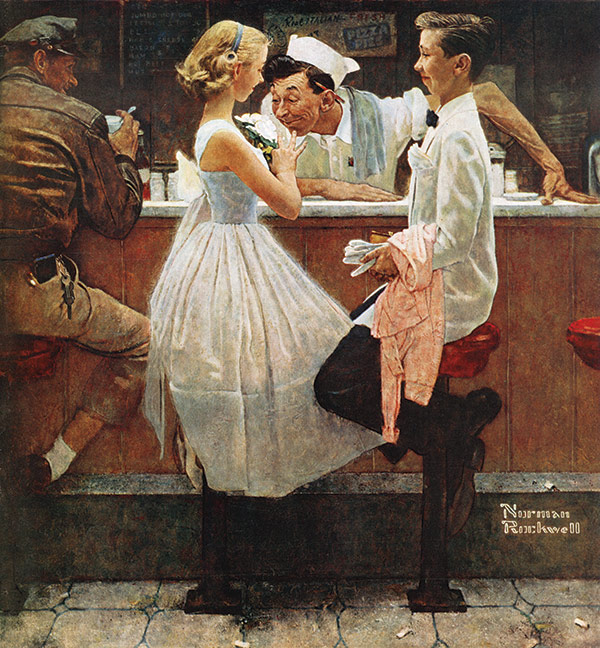
He draws attention to their youth and innocence by dressing both in gleaming white. And he sets them beneath a beam of light from above that illuminates them and the appreciative cook. They are undisturbed by other customers, and even though Rockwell puts a dirty floor beneath them, they seem set apart from the dark interior in this perfect moment. Rockwell even echoes the viewer’s reaction by adding a bemused truck-driving spectator. Like him, we might observe this unforgettable moment with a smile of recognition, and perhaps recollections of our own.
This article is featured in the January/February 2020 issue of The Saturday Evening Post. Subscribe to the magazine for more art, inspiring stories, fiction, humor, and features from our archives.
Featured image: Norman Rockwell / SEPS